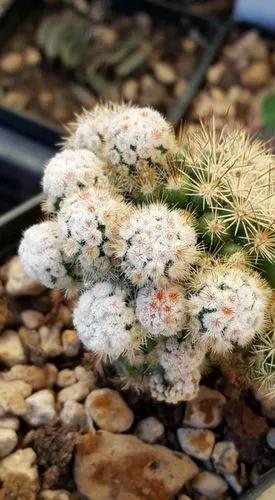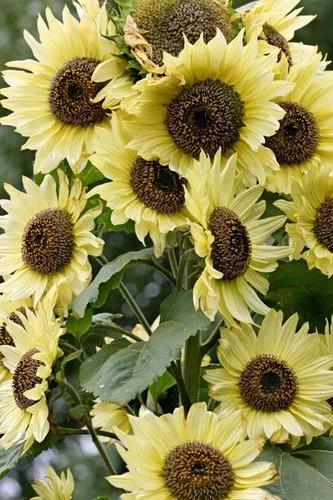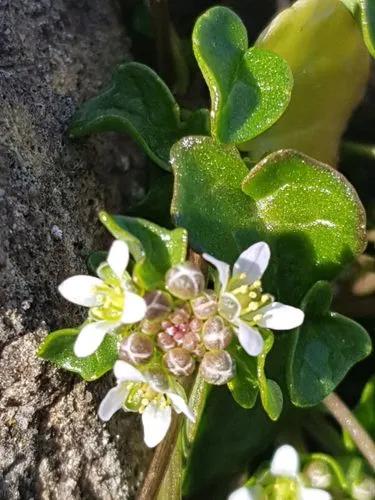If you want to diversify your indoor garden with a beautiful but not capricious plant, pay attention to Senecio barbertonicus. This bright bush will make a great addition to any plant collection.
Senecio barbertonicus Care
Senecio barbertonicus
Other names: Succulent Bush Senecio



Native to Southern Africa, Senecio Barbertonicus is commonly known as Succulent Bush Senecio, Finger-leaved Senecio, Lemon Bean Bush, and Barberton Groundsel. It belongs to the family Asteraceae.
This succulent is an evergreen, richly-branched bush that can grow to about 6,5 feet (2 m) high. Its leaves are light bright green to olive-green and resemble Christmas tree needles.
How to Care for the Plant

Water

After Senecio Barbertonicus identification, you know that plant is a succulent, so use the ‘soak and dry’ method while watering it. It means you must wait until the soil dries out completely before pouring it with water.

Pruning

Senecio Barbertonicus does not require mandatory pruning and grows well without it.

Fertilizer

You can fertilize your Senecio Barbertonicus to make it grow faster, but it’s not generally necessary. Use a diluted and balanced water-soluble fertilizer during spring and summer.

Sunlight

Barberton groundsel enjoys bright and indirect sunlight, but direct sun rays may be dangerous to the plant. You can place this succulent on the Eastern or Western windowsill, where it will get at least 4-6 hours of sunlight daily.

Soil

Soil should have good drainage; look for succulents and cacti potting mix. Add more perlite to provide extra drainage features.

Propagation

Propagating this plant is easy: just look for healthy stems with many leaves and cut about 2 inches (5 cm) off them. Wait a few days, and then put cuttings into succulents and cacti mix.

Temperature

This plant can handle scorching temperatures of 110°F (43°C). The lowest temperature that Senecio Barbertonicus can withstand is around 25°F (-4°C).

Container

Prefer plastic containers with drainage holes, choosing pots according to the size of the root system.

Fun fact

Its scientific genus name Senecio comes from the Latin word ‘Senex,’ which means ‘old man.’

Popularity

1,555 people already have this plant 314 people have added this plant to their wishlists
Discover more plants with the list below
Popular articles






